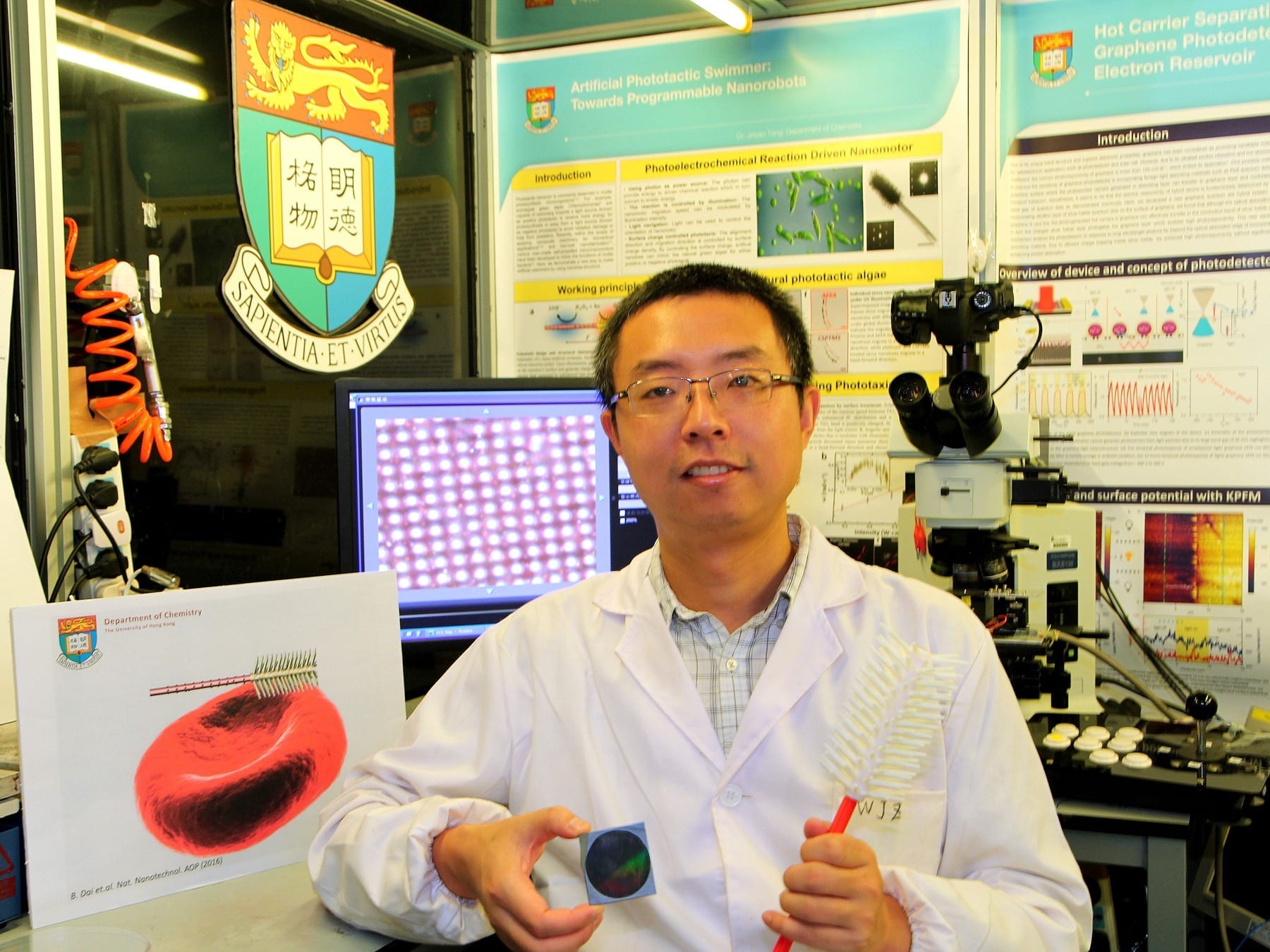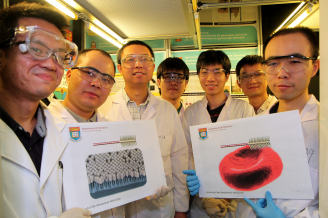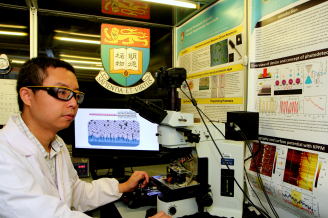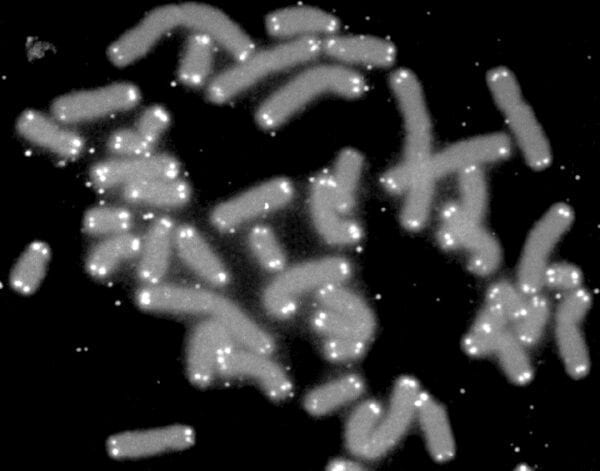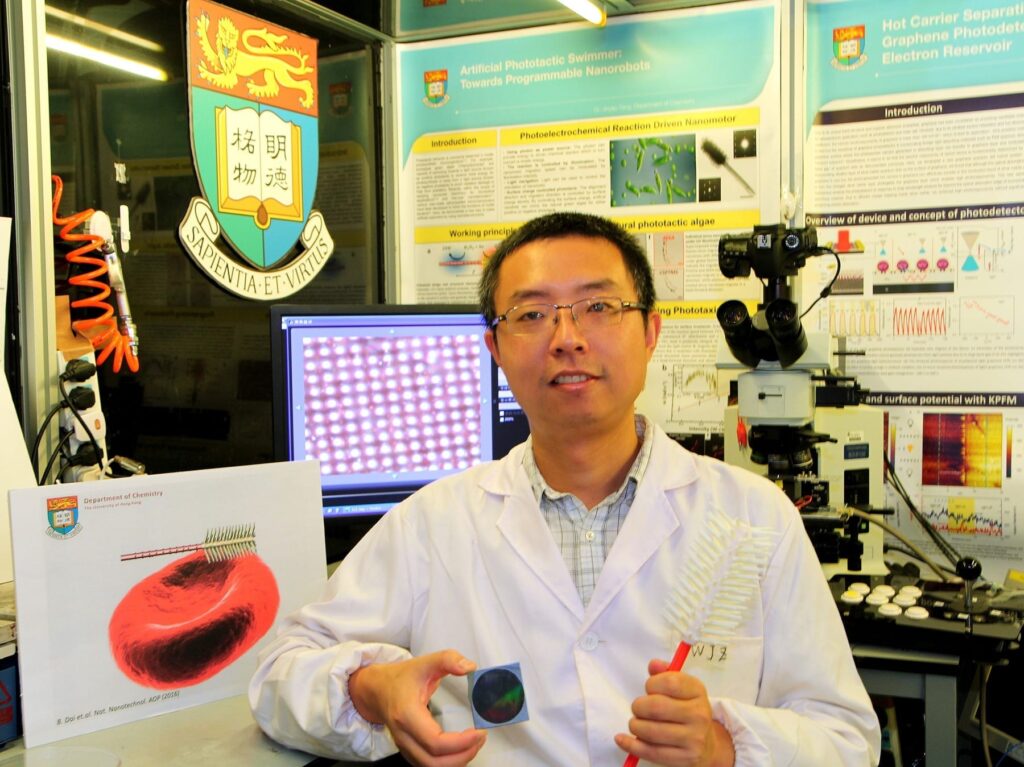
A team of researchers led by Dr Jinyao Tang of the Department of Chemistry, the University of Hong Kong, has developed the world’s first light-seeking synthetic Nano robot. With size comparable to a blood cell, those tiny robots have the potential to be injected into patients’ bodies, helping surgeons to remove tumors and enabling more precise engineering of targeted medications.
The findings have been published in October earlier in leading scientific journal Nature Nanotechnology.
It has been a dream in science fiction for decades that tiny robots can fundamentally change our daily life. The famous science fiction movie “Fantastic Voyage” is a very good example, with a group of scientists driving their miniaturized Nano-submarine inside human body to repair a damaged brain. In the film “Terminator 2”, billions of Nanorobots were assembled into the amazing shapeshifting body: the T-1000. In the real world, it is quite challenging to make and design a sophisticated Nano robot with advanced functions.
The Nobel Prize in Chemistry 2016 was awarded to three scientists for “the design and synthesis of molecular machines”. They developed a set of mechanical components at molecular scale which may be assembled into more complicated Nano machines to manipulate single molecule such as DNA or proteins in the future. The development of tiny nanoscale machines for biomedical applications has been a major trend of scientific research in recent years. Any breakthroughs will potentially open the door to new knowledge and treatments of diseases and development of new drugs.
One difficulty in Nanorobot design is to make these nanostructures sense and respond to the environment. Given each Nanorobot is only a few micrometer in size which is ~50 times smaller than the diameter of a human hair, it is very difficult to squeeze normal electronic sensors and circuits into Nanorobots with reasonable price. Currently, the only method to remotely control Nanorobots is to incorporate tiny magnetic inside the Nanorobot and guide the motion via external magnetic field.
The Nanorobot developed by Dr Tang’s team use light as the propelling force, and is the first research team globally to explore the light-guided Nanorobot and demonstrate its feasibility and effectiveness. In their paper published in Nature Nanotechnology, Dr Tang’s team demonstrated the unprecedented ability of these light-controlled Nanorobots as they are “dancing” or even spell a word under light control. With a novel Nanotree structure, the Nanorobots can respond to the light shining on it like moths being drawn to flames. Dr Tang described the motions as if “they can “see” the light and drive itself towards it”.
The team gained inspiration from natural green algae for the Nanorobot design. In nature, some green algae have evolved with the ability of sensing light around it. Even just a single cell, these green algae can sense the intensity of light and swim towards the light source for photosynthesis. Dr Jinyao Tang’s team spent three years to successfully develop the Nanorobots. With a novel Nanotree structure, they are composed of two common and low-price semiconductor materials: silicon and titanium oxide. During the synthesis, silicon and titanium oxide are shaped into nanowire and then further arranged into a tiny Nanotree heterostructure.
Dr Tang said: “Although the current Nanorobot cannot be used for disease treatment yet, we are working on the next generation nanorobotic system which is more efficient and biocompatible.”
“Light is a more effective option to communicate between microscopic world and macroscopic world. We can conceive that more complicated instructions can be sent to Nanorobots which provide scientists with a new tool to further develop more functions into Nanorobot and get us one step closer to daily life applications,” he added.
Learn more: HKU chemists develop world’s first light-seeking synthetic Nanorobot for potential biomedical applications
The Latest on: Light-seeking synthetic nanorobots
[google_news title=”” keyword=”light-seeking synthetic nanorobots” num_posts=”10″ blurb_length=”0″ show_thumb=”left”]
via Google News
The Latest on: Light-seeking synthetic nanorobots
- Your light fixtures are nasty. Here’s how to properly clean them.on April 14, 2024 at 5:01 am
When was the last time you cleaned your light fixtures? Six months ago? A year? Two years? Longer? Light fixtures are notorious for collecting layers of dirt, dust, and bugs. But because of their ...
- Light: Science & Applicationson April 9, 2024 at 5:00 pm
Responding to the increasing demand for efficient, tunable optical materials capable of precise light modulation to create greater bandwidth in communication networks and advanced optical systems ...
- Synthetic Data Applications In Financeon April 3, 2024 at 6:30 am
In the rapidly evolving landscape of the finance industry, the advent of synthetic data stands out as a groundbreaking development to revolutionize the way financial institutions harness data for ...
- Best smart light switches in 2024on April 2, 2024 at 1:01 pm
Does your home have a lot of built-in light fixtures, such as recessed lighting, chandeliers, or wall sconces? If so, replacing all those lights with smart light bulbs can get expensive quickly.
- OpenAI previews synthetic voice creator, Voice Engineon March 29, 2024 at 5:00 pm
Read more and listen to examples of Voice Engine in OpenAI's blog post, Navigating the Challenges and Opportunities of Synthetic Voices. Anna Iovine is associate editor of features at Mashable.
- Unleashing the Power of Synthetic Dimensions Revolutionizing Light Manipulationon March 20, 2024 at 3:14 am
Recently, an international team of researchers has made significant strides in manipulating light within synthetic modal dimensions, showcasing the potential for transformative applications in ...
- Why Does My Nespresso Blink Red Light and How to Fixon March 12, 2024 at 2:51 pm
However, if you’re unsure, seeking professional assistance for circuit board repair or replacement is recommended to ensure proper maintenance. To prevent the red light blinking issue in your ...
- News tagged with lighton May 11, 2023 at 9:53 pm
The ISM has fascinated scientists ... Light is electromagnetic radiation, particularly radiation of a wavelength that is visible to the human eye (about 400–700 nm, or perhaps 380–750 nm.) ...
- What is red light therapy and does it work?on February 24, 2023 at 8:39 am
If you’ve stumbled into red light therapy videos on social media, you have probably heard that it clears acne, de-ages skin, reduces inflammation, and heals joints. You have probably also heard ...
via Bing News







